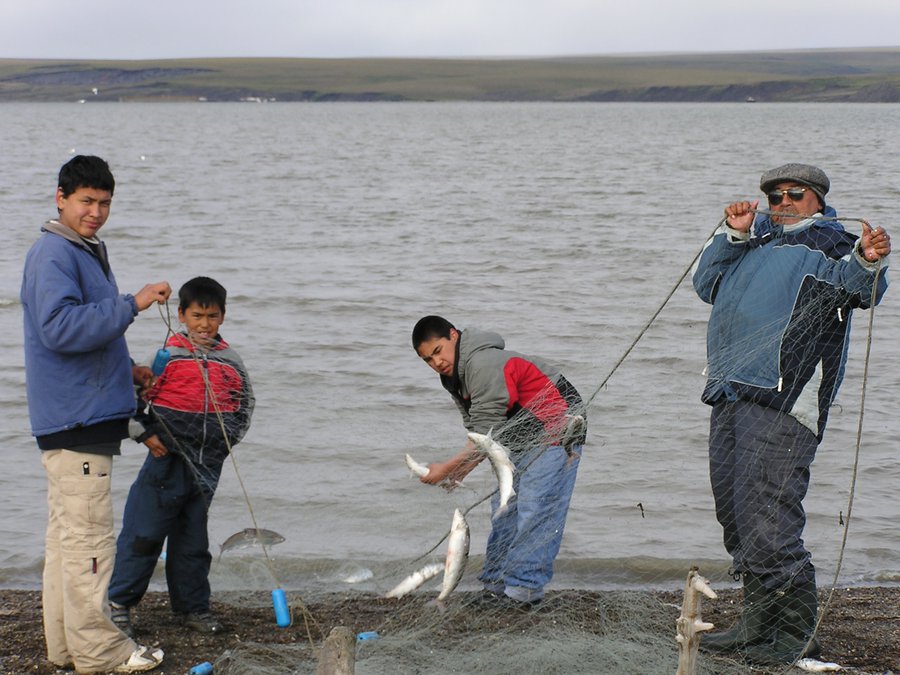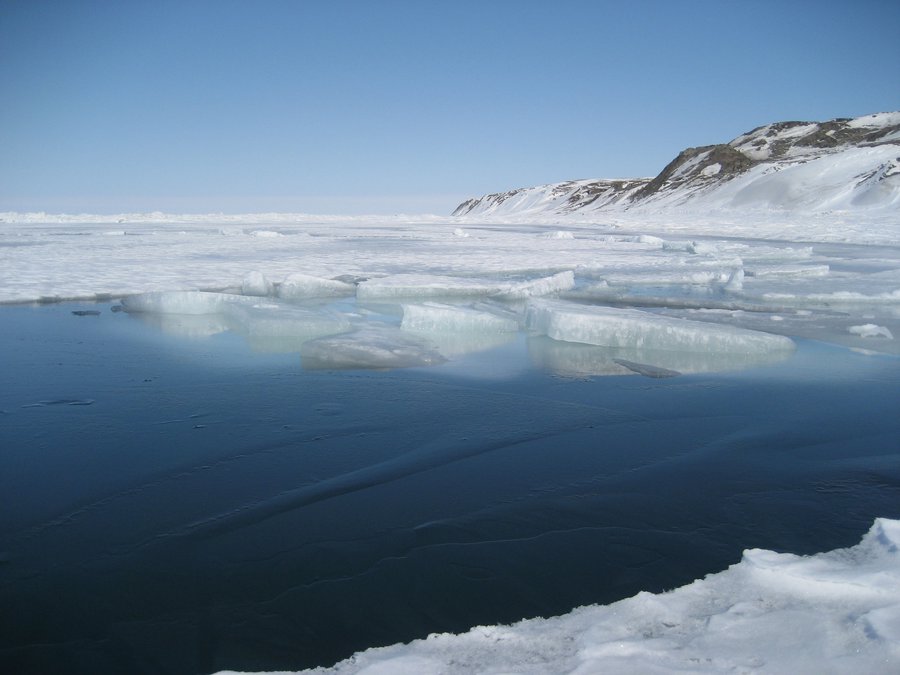The Ocean
With 343 km of coastline, the Yukon North Slope is very much shaped by the ocean. While the land and its animals are the focus of much of our Council's work, estuaries, tidal flats, inland breezes, and sea ice all play a significant role in shaping the geography and ecology of the region, as well as influencing how humans interact with the environment. Moreover, many species, like polar bears, move between the land and sea throughout their lives.


